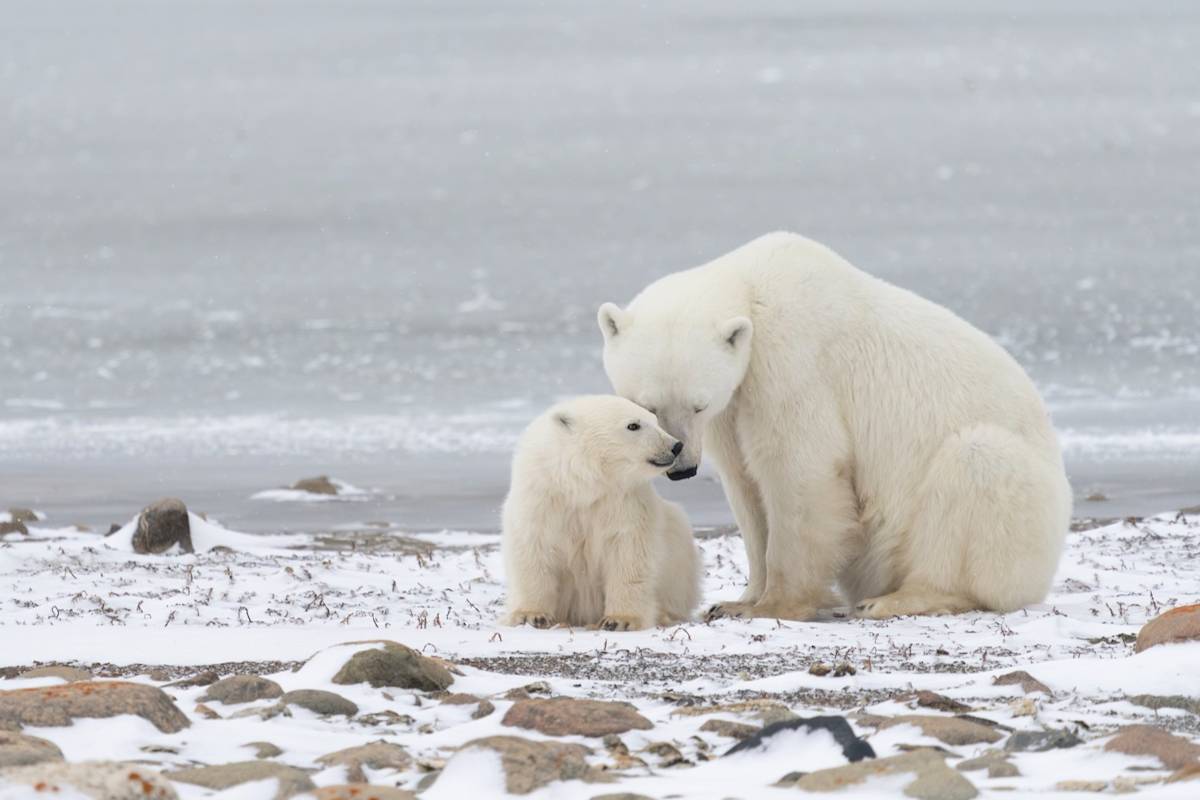Churchill’s bear season is aptly named – it’s the time of year when polar bears in the Western Hudson Bay subpopulation congregate near the mouth of the Churchill River, knowing the fresh water will help this area freeze faster than the rest of their known habitat, giving them access to their seal prey. Bear season is the time of year when people from all over the world visit this small community, in hopes of seeing these great white bears in person.
Polar Bears International had been working in Churchill for decades before their interpretive centre, Polar Bears International House, was built in 2019. The center offers visitors a free educational experience to learn about the science behind the animal that they’ve come to Churchill to see. It has also allowed Polar Bears International to expand their field ambassador program, which gives zoo professionals and graduate students studying polar bears the chance to visit Churchill, fine-tune their science communication skills, and meet others in their field. Prior to the PBI House opening, field ambassadors engaged with visitors while out on Tundra Buggies with Frontiers North Adventures. On the buggies, they gave talks to tourists about their work and Polar Bears International’s conservation efforts, as well as provided context to the bears they may see each day. Joining the Tundra Buggies is still part of the work of a field ambassador, but now so is giving interpretive talks at the PBI House to tourists.




















